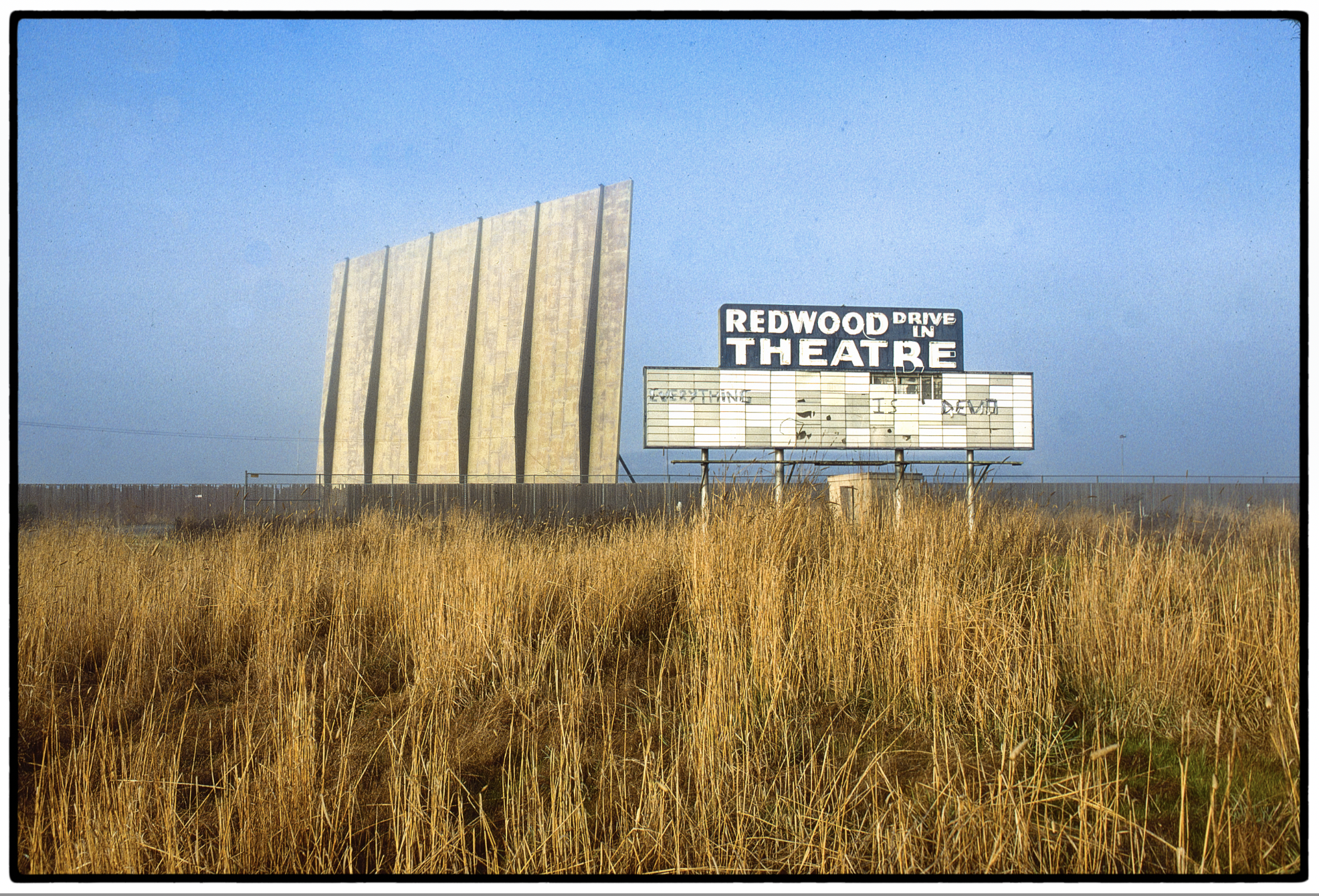I found this article online yesterday
The joy of taking photos that no one else will ever see (Sebastian Oakley)
“The best work I’ve made lately is the work that no one’s seen. Since stepping away from the world of professional sports photography, I’ve found myself picking up the camera for a very different reason: because I want to, not because I have to.
There’s no deadline. No editor waiting for a caption. No need to catch the winning moment in perfect focus. These days, I wander my local area with a camera slung over my shoulder, taking pictures not for clients, not for clout, and certainly not for the algorithm, but for me. And that, I’ve realised, is something we don’t talk about enough: that it’s perfectly okay to shoot for yourself.
In a world where every image is uploaded, filtered, tagged and timestamped for maximum engagement, it’s easy to forget why we ever started taking photos in the first place. The pressure to stay visible online, to keep feeding the machine, can rob you of the very joy that made you fall in love with photography to begin with. We spend more time wondering what the algorithm will like than what we like. But there’s something liberating about turning your back on that noise. About making images that don’t need to trend.
I’m not immune to it. I’ve felt that twinge when a photo I love barely gets noticed, and I’ve seen lesser images go viral simply because they fit the formula. But the truth is, I’m no longer chasing hearts, likes, or shares. I’m chasing light. I’m looking for moments that speak to something quieter, more personal. The way the fog sits low over a Cornish field at dawn. The shape of an old fisherman’s hands. The silence of a chapel no longer in use. None of it screams for attention – but all of it means something to me.
That shift, from professional to personal, from performance to process, has changed the way I see. I no longer worry if a shot is portfolio-worthy. I don’t care if the composition would make a judge at a camera club wince. I care if it feels honest, and while I do hope these images might one day become part of something – such as an exhibition, a zine or a book – that’s not why I make them. I make them because I need to, in the same way a writer keeps a journal or a musician hums a tune into their phone.
There’s value in creating without expectation. In photographing, without asking what it will do for your brand. These images I’m making – this quiet, documentary-style work around my local region – they’re mine. They don’t need to impress anyone but me.”
Here’s one of mine. A man on a train meeting himself in the next car.
A man in a county fair booth seeing his newborn child.
1978. An audience at a county fair rodeo responding to the clown.
Abandoned Drive-In with duct tape on the sign: Everything is Devo.
San Diego Airport Lounge
If these represent anything at all, they are simply scenes that nudged me to photograph them. Will anyone see them? Does anyone care? Do they mean anything, either individually or as part of a group? Does the boy on his device represent the compulsion we have to ignore our surroundings and immerse ourselves in the internet? Or is it just a photo of a boy? As Oakley concludes, “They don’t need to impress anyone but me.”




